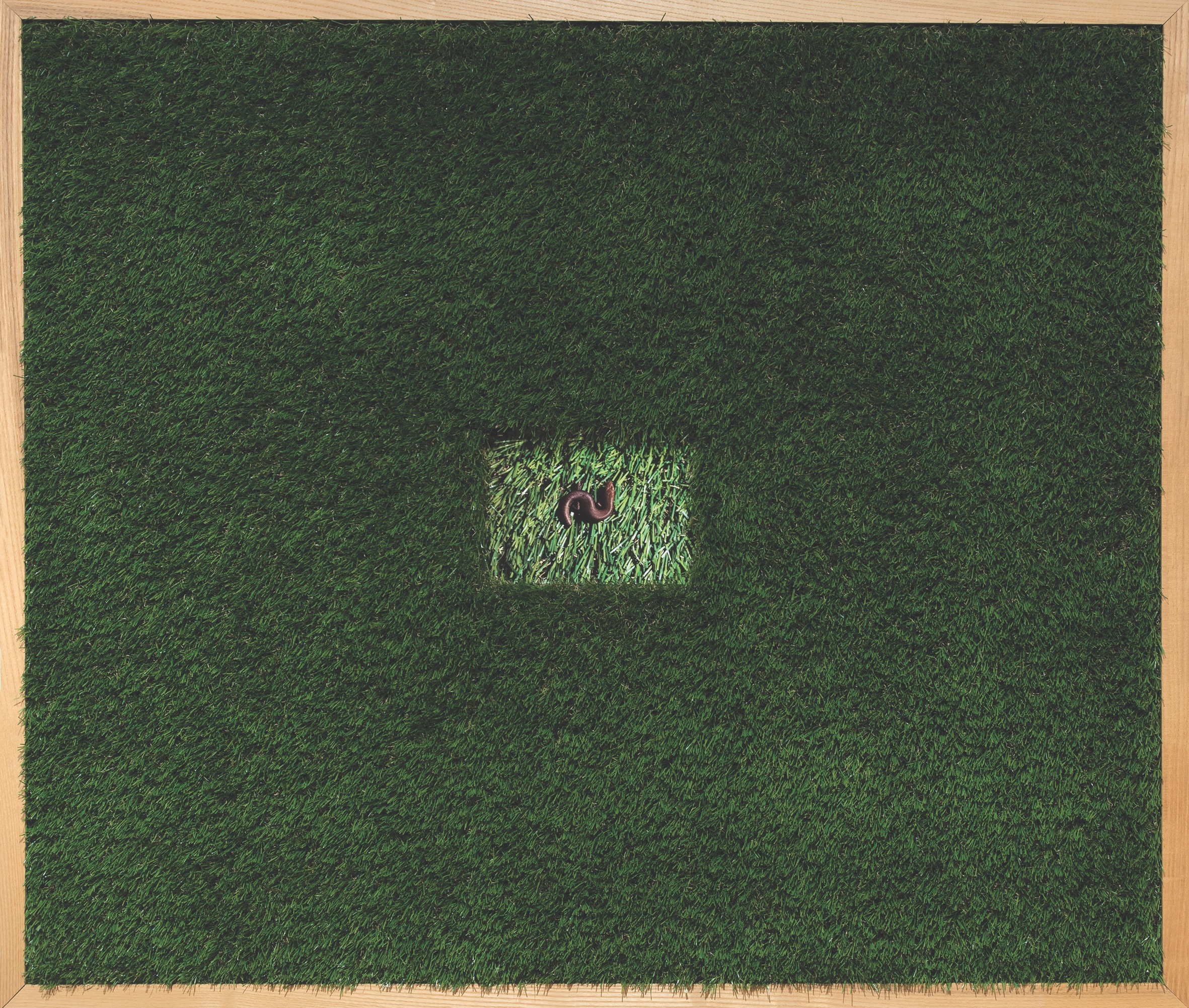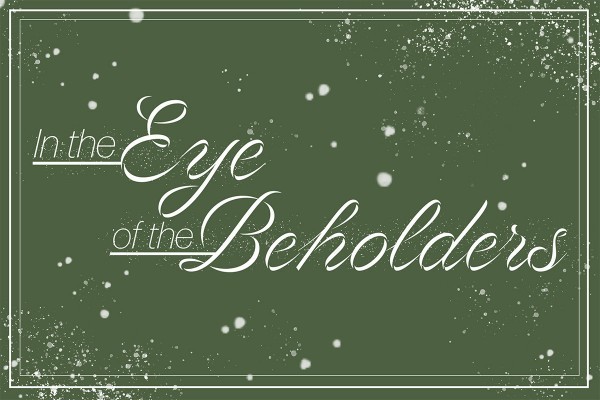Callout: This column is supported by DPAG, but they have no influence on the reviews
Every week, we send two writers to an art exhibit in Ōtepoti Dunedin. One of them will choose a specific piece, and describe it to the other without them looking. They’ll try to figure out what the piece actually is before diving into their thoughts on the entire exhibition. You can’t ascribe any one meaning to any one piece of art, so this functions a bit like a game of artistic telephone. Let’s dive in.
This Week: nature danger revenge
Subtitle: God is a (pissed off) woman
Maddie: This piece is multimedia, partially made from quite an unusual material. It has environmental themes presented in a somewhat comedic way. It also involves photography.
Justina: Ok, so I’m guessing a mix of traditional and digital art? Something to do with Papatūānuku, or just some kind of depressing laugh about how the climate crisis is going right now? Final guess is the piece by Sorawit Songsataya, ‘cause it’s digital?
The answer: Close, but no cigar. We’re looking at Deborah Rundle’s 2021 piece: Loss. It’s a multimedia work made of artificial grass, timber frame and a photograph of a skink, commenting on survival in an artificial world. It’s part of the Dunedin Public Art Gallery’s nature danger revenge exhibition, which has to be the coolest title we have yet encountered. It sets the scene for this ecofeminist exhibition perfectly: God is a woman. Her name is Mother Nature. And we might have made her a little bit angry…

Centred around painted works by the late Alexis Hunter, nature danger revenge is a subtly feminist show sinking its teeth deep into the anthropocene. Artists Evangeline Riddiford Graham, Deborah Rundle and Sorawit Songsataya’s works were commissioned in conversation with Hunter’s paintings, and naturally take on relationships, both to the earth and to other people as their subject matter. Hunter’s paintings feature forms and faces, sometimes human, sometimes animal or vegetable, sometimes combinations of the three. Nature, in Hunter’s vision, isn’t something outside of us, but a collection of impulses and environments that humans also comprise and exist in. Don’t forget: you ARE an apex predator. Add that to your daily affirmations.
Hunter’s brush strokes at times border on the feral, suggestive of prowling, suggestive of teeth. The cat (?) in Passionate Instincts XIII (1984-5) is a dead ringer for Scarface Claw, famed of course for his appalling howl episode. Indeed Hunter’s paintings speak to the appalling howls in us all, lurking somewhere in our psyche… for some, closer to the surface than others. In Pride (c.1981), human figures sport tails and animal masks, reminiscent of pagan revels and furrycons alike. And the colours, oh the colours! Gestural pinks, foliage greens, and bloodlike scarlet slashes. This is truly the work of a painter who loves painting, a strange thing considering Hunter started as a photographer. Perhaps these paintings represent her own unhinging moment. Or perhaps there is something about a wet medium such as paint that makes it a bodily experience to use, perfect for the orgasmic - ahem, organic - subject matter of these works.
There are naturally a lot of common themes between the other artist’s responses and Hunter’s paintings. First and foremost is the obvious commentary on our world’s current climate state (i.e. chaotic, bad, uh oh). Common subjects in the art are other natural creatures, for example the skink found on artificial grass in Rundle’s Loss, living unnaturally. This juxtaposition of creatures living the life they are used to, against a constantly changing, destructive world is central. The artists are not only questioning what kind of world we are heading towards, but also how advanced human technology will collide with powerful Papatūānuku, a force which can override humanity as a whole. Hunter’s Creation particularly stood out as commenting on these issues, depicting new, perhaps inhuman, faces rising out of primordial soup. Although the name of “Creation” is positive, it shows a race is being born in a world that is falling apart, perhaps the next generation. The harsh, saturated colours of the environment are dangerous and insecure. Even the sky looks like it’s on fire.
Sorawit Songsataya’s piece Crown Shyness (2022) is an acknowledgment of the advancement of human technology. Our species, so consumed with technological power, believe we can take over nature too. And yet the piece is also a homage to the beauty of trees, reflecting how complex our relationship is with the earth. Perhaps Evangeline Graham’s Mother Juggernaut (2022) sums it up best: it’s an audio transcript of a needy daughter’s phone call to her mother. Earth is the mother of mankind, and we’ve got some serious mommy issues on our hands.
Recommended song for your visit: Flesh Without Blood by Grimes.



